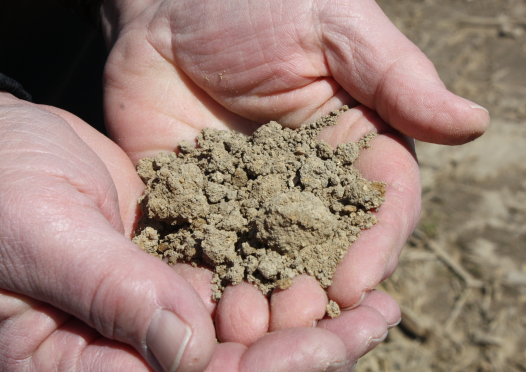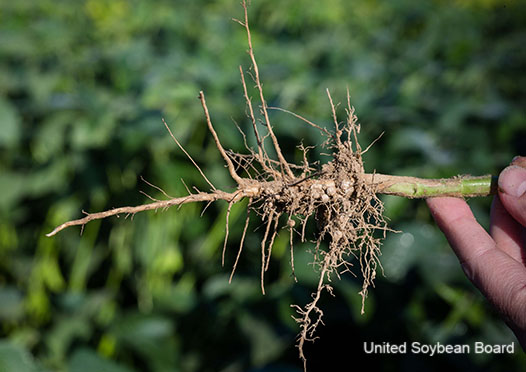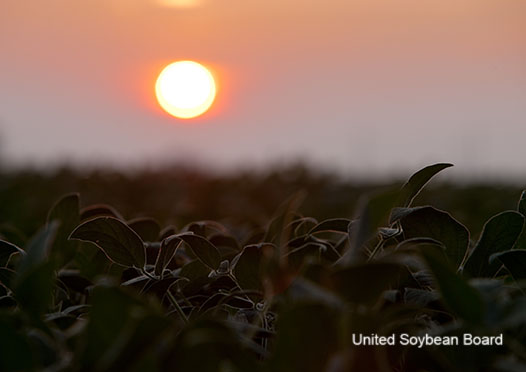ILSOYADVISOR POST
Plant and Soil Health: Be a Good Neighbor: Reducing Nutrient Loss on Your Operation
It’s a long way from Illinois to the Gulf of Mexico—but out of sight cannot mean out of mind when it comes to managing nutrients on your fields.
The actions you take have a huge impact on nitrogen and phosphorus levels in water hundreds of miles away. Though agriculture has made significant strides in improving nutrient utilization over the years, it must do even better in the future.
Pick Up the Pace
Illinois growers are doing many things right, but now it’s time to take even more care to ensure that nutrients remain on your fields to aid productivity rather than contributing to problems downstream.
This renewed sense of urgency comes in part from a need to voluntarily adopt best practices for nutrient management before they are mandated by regulations.
The Illinois Nutrient Loss Reduction Strategy (NLRS), released last summer, calls for a 15 percent reduction in nitrogen load and a 25 percent reduction in phosphate load by 2025. The NLRS builds on a variety of existing voluntary programs for reducing nutrient loss.
Be proactive in developing your nutrient management strategy. Adopting best management practices for reducing nutrient loss now will pay off for the environment—and your wallet—in the long run.
Tailor Your Approach
Every farm has unique nutrient loss challenges, so be aware of the needs of your operation. From there, choose the management approach that works best for you.
A wide number of best management tools and practices are available, including:
- Cover crops
- Buffer strips or protective waterways
- Split applications of N
- Deep placement of P & K
- Crop rotation
- Variable rate application of P
- NRCS-approved nutrient management plans
- Precision agriculture technologies
Utilize your local 4R certified crop advisor, Soil and Water Conservation District personnel, and/or C-BMP cover crop specialist for help. With all of the variables to consider, agronomists or conservation specialists can help you develop the best plan for your farm’s needs.
Do Your Part
Illinois farmers are part of the extensive Mississippi River Basin watershed community. Your neighbors downriver are just as important as your neighbors down the road.
By voluntarily adopting best practices for nutrient management, you are ensuring the future success of Illinois agriculture and the health of aquatic life in waters far from your fields.
Richard Lyons has over 15 years of no-till production experience and four years in planting cover crops. He taught agriculture and agronomy classes for 30+ years and led the Lincoln Land College Agriculture Program. He farms 800 acres with his brother and has been active in the Lake Springfield watershed.




Comments
Add new comment